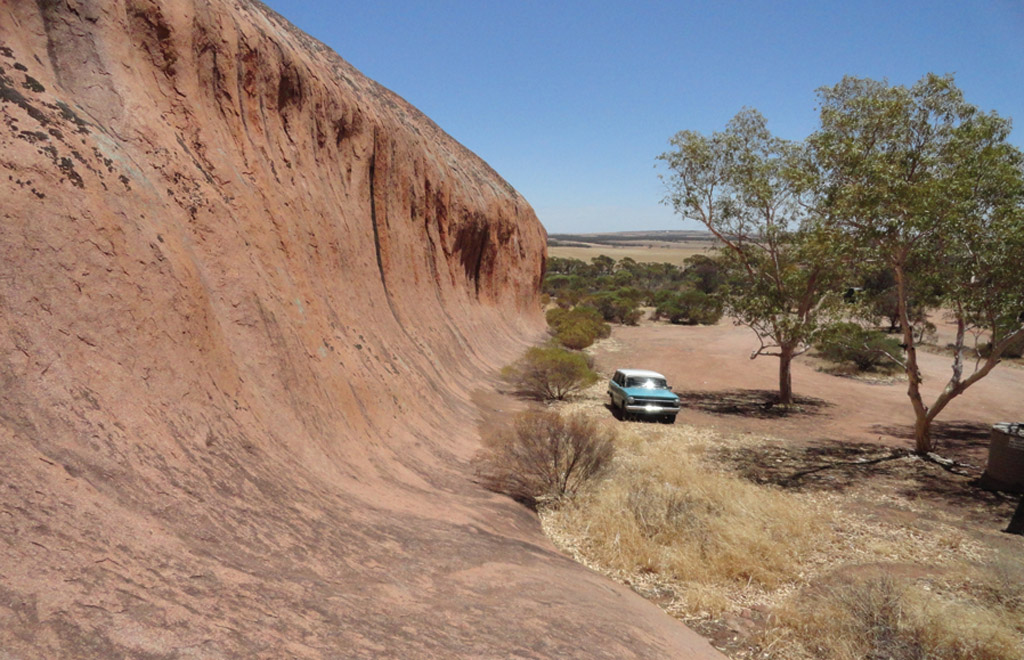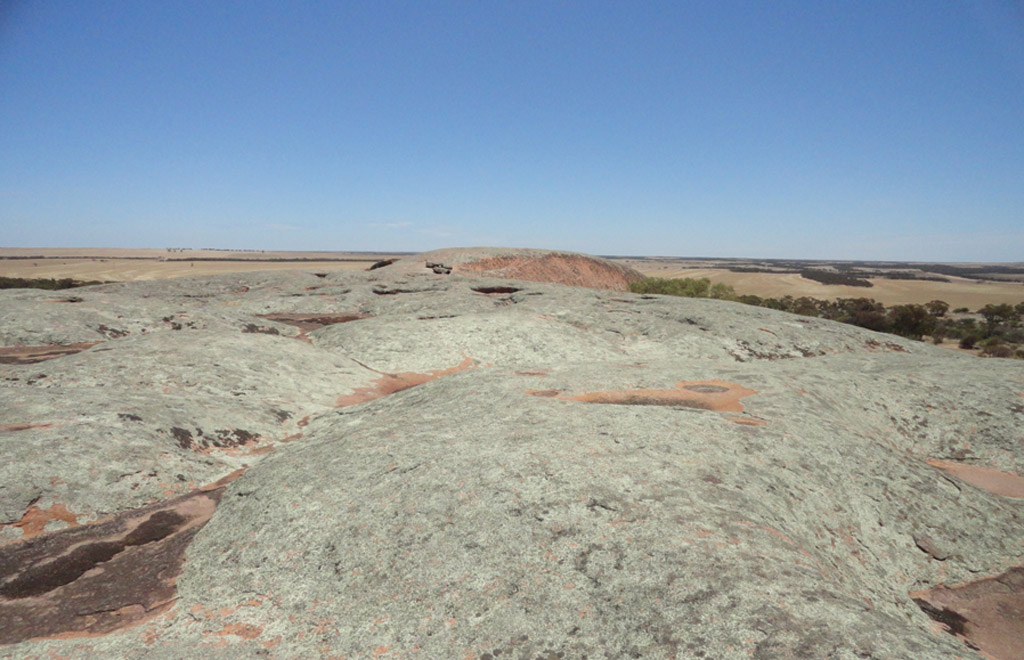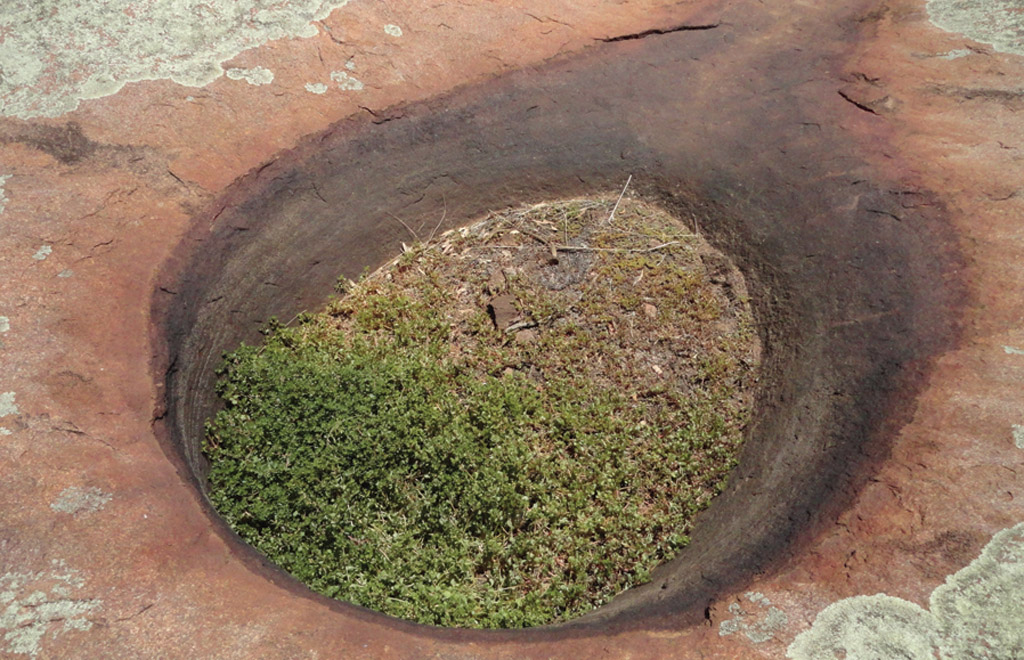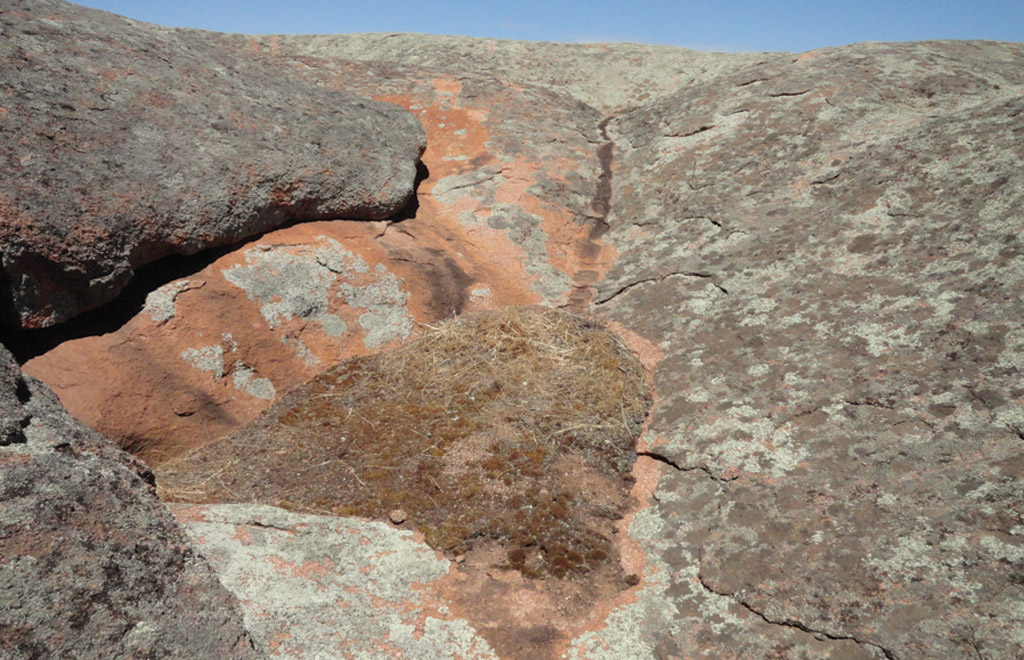Chapter summary
- Ecosystems have both living and non-living components. All these parts work together, with ‘inputs’ to make them function and ‘outputs’ – waste material resulting from the processes – required to keep the ecosystem functioning.
- Ecosystems are dynamic, responding and adapting to changes made by humans, the weather and animals (for example).
- Ecosystems exist at all types of scales, wherever abiotic parts of the Earth’s surface and biotic organisms interact.
- Ecosystems are important for the continued existence of life on Earth. Humans can have significant and damaging impacts on ecosystems by introducing waste and pollution, and even destroying ecosystems.
- The need to save and protect ecosystems is regarded as important in some areas of the world.
Interactive activity
Key terms
Short-answer questions
- Describe how the sun affects an ecosystem on a daily basis.
- Describe how the sun affects an ecosystem on an annual basis.
- Define ‘food chain’.
- Explain the relationships between the non-living and the living parts of an ecosystem.
- Discuss how humans can have an impact on an ecosystem.
Extended-response question
Pildappa Rock is near Minnipa in South Australia. It is one of a number of ‘wave rocks’ in Australia.
Examine the pictures below. Your task is to tell the story of the ecosystems here without using any other information source. What information is provided by the four images? What evidence of the information presented in this chapter is shown in them? Present your findings in a short report.



